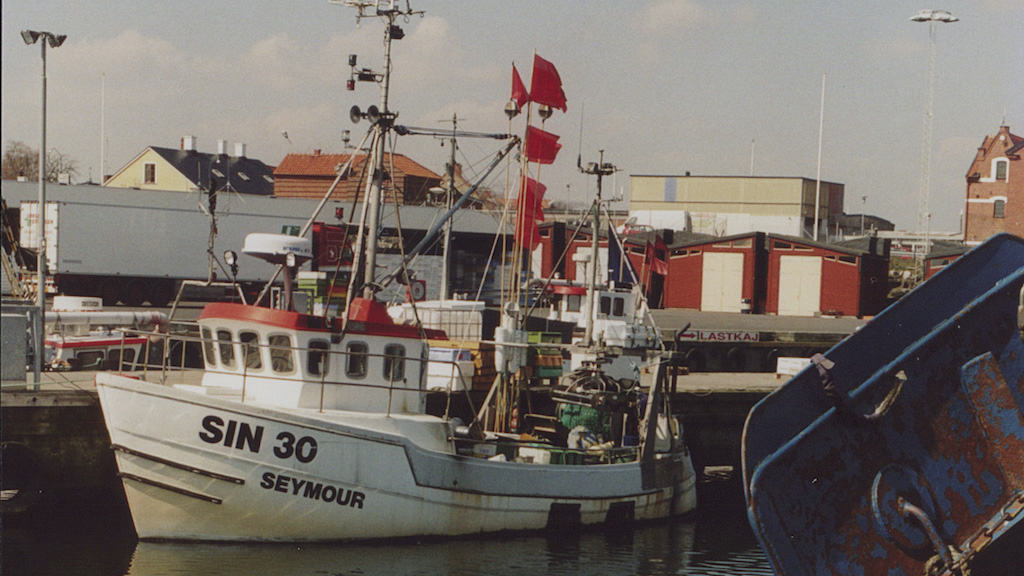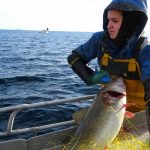The European Commission has adopted a proposal for the 2024 fishing opportunities for the Baltic Sea in response to a scientific assessment that indicates several fisheries are in a dire situation.
Proposals are for TACs and quotas for three out of the ten stocks managed in the Baltic, with the others to be set later. The Commission proposes a 7% increase in fishing opportunities for salmon in the Gulf of Finland by 7%, alongside a 15% reduction to salmom fisheries in the main basin – plus a 20% reduction in herring catches in the Gulf of Riga.
In respect of fisheries for western cod, eastern cod, western herring, Bothnian herring, central herring, sprat and plaice, the Commission has requested additional information from ICES to take better account of the fact that cod is caught together with flatfish, and herring together with sprat.

As the estimates are that the central Baltic herring stock has been around or below minimum levels since the early 1990s and the stock size of Bothnian herring fell below healthy levels due to the lower number of young fish and the smaller size of older fish, the Commission is proposing to close the targeted fisheries for both stocks, and to maintain the closure for the targeted fisheries on cod stocks, western herring and salmon in most of the main basin.
The Commission will propose setting by-catch TACs for western cod, eastern cod, western herring, Bothnian herring and central herring on the basis of additional information expected in autumn. This proposal will allow vessels to land the unavoidable catches of each of these weak stocks when fishing for example for plaice or sprat.
For eastern Baltic cod, the Commission intends to keep a catch limit for unavoidable by-catches and all the accompanying measures decided in. It also suggests the removal of the exemption from the spawning closure for certain herring fisheries. Despite the measures taken since 2019, when scientists first warned about the poor status of cod, the situation has not yet improved.
The condition of western Baltic cod is weak, and the biomass was at its lowest levels in 2022. This is probably due to a significant natural mortality, which is not yet fully understood. The Commission proposes to maintain the TAC limited to unavoidable by-catches and all the accompanying measures from 2023, but to remove recreational fisheries and the exemption from the spawning closure for certain herring fisheries.
‘I am increasingly worried about the effects of the Baltic Sea ecosystem’s degradation on fish stocks and the multiple food chains that depend on them. The urgency of taking action to address these changes is becoming more evident every year. Fishers are the first to face the consequences, despite our joint efforts to rebuild the Baltic fish stocks,’ said Commissioner Virginijus Sinkevičius, commenting that the Baltic is the most polluted sea in Europe, affected by biodiversity loss, climate change, eutrophication, overfishing, and elevated levels of contaminants such as pharmaceuticals and litter.
‘EU environmental legislation needs to be fully implemented if we want to turn around the current situation of the Baltic. For this reason, I have invited all Environment and Fisheries Ministers of the EU Baltic Sea countries to the Our Baltic conference on 29th September.’









